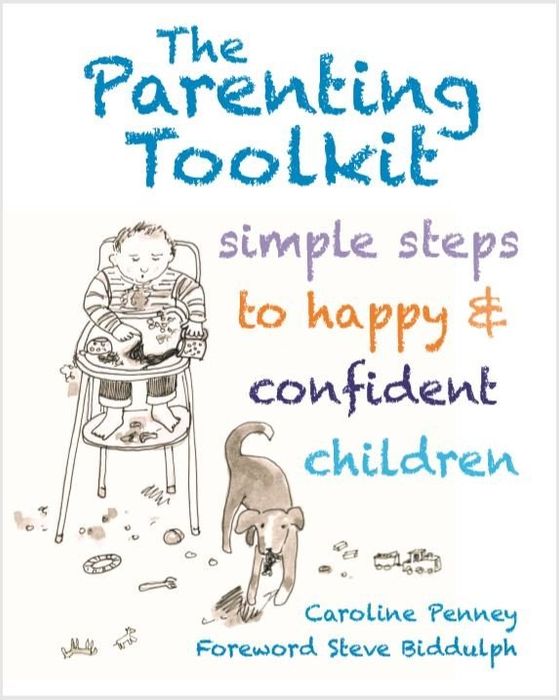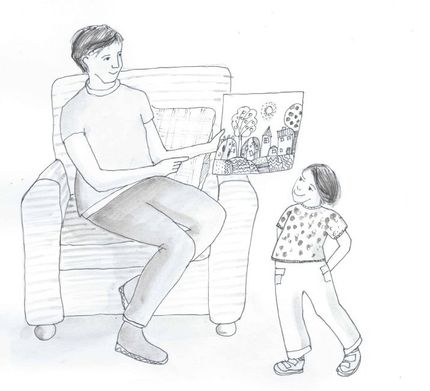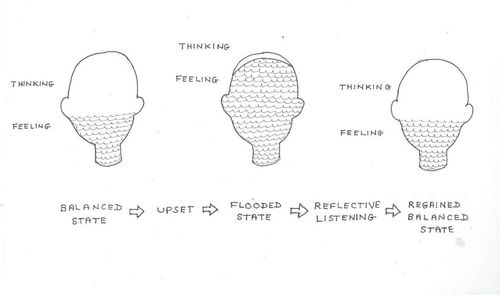The Parenting Toolkit
Simple
steps for happy and confident children

THE parenting manual everyone should have
Many parents tell me that they wish that had been given an instruction manual when they had a baby. Many of us felt completely unprepared for parenthood at first and had to ‘make it up as we go along.’ The Parents’ Toolkit is that manual we all wish we’d had.
The Parents’ Toolkit is based on how I have helped hundreds of families in my practice as a family therapist, on the latest research in the area, and on my own experience as the mother of three children. It is about becoming a reflective parent instead of just reacting to situations as they happen. It is about making the often-small changes in how you relate to your child, that can result in dramatic transformations in your family life.
The book is illustrated throughout with beautiful pictures by the painter, printer and illustrator Kate Hajducka.
What does the book cover?
Looking after yourself.
This chapter looks at the importance of getting your own needs met as a parent and not to feel guilty about this. It also looks at how patterns from previous generations can influence how we parent and that these need to be understood so that we do not pass on unhelpful patterns of parenting.
Feelings.
This chapter describes the importance of acknowledging feelings, so children feel that their feelings are being taken seriously. It also teaches parents how to express feelings in a way that can be heard and does not spoil relationships.
Play.
This chapter explains the reasons why play is important and how to implement child-led play so the child experiences high quality special time with their parent.


Parenting styles.
This chapter describes the four main types of parenting style, Aggressive, Passive, Manipulative and Assertive and their impact on children.
Descriptive praise.
This chapter describes how to give specific praise which makes the child feel valued.
Labels.
This chapter looks at the importance of not ascribing to children labels but describing the behaviour instead. It also looks at roles in family and the importance of letting children not be defined by a role e.g. the sporty one or the shy one.
Helping your child solve problems. This chapter describes how a parent can help their child solve problems in a creative way.
Understanding your child’s behaviour. This chapter explains that no behaviour occurs in a vacuum. There is always a need underlying the behaviour and that this behaviour always communicates a meaning.
Discipline strategies.
This chapter discusses and explains how to implement numerous discipline strategies.


Ages and stages. This chapter describes how the meaning of children’s behavior is dependent on the developmental phase the child is in and how during each phase a child needs to master particular tasks.
Communication skills.
This chapter looks at how to listen and the common pitfalls that parents can fall into.
What motivated Caroline to write The Parenting Toolkit?
This video provides a few insights. Doesn't the young interviewer do well!

